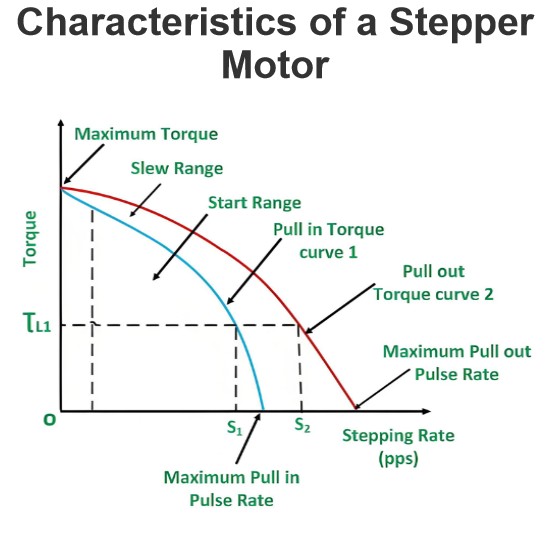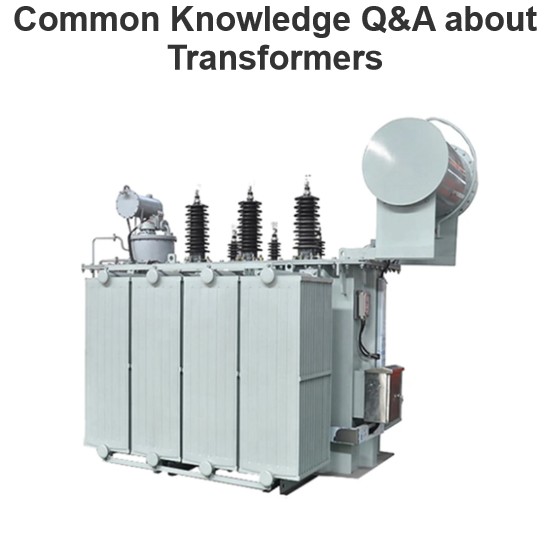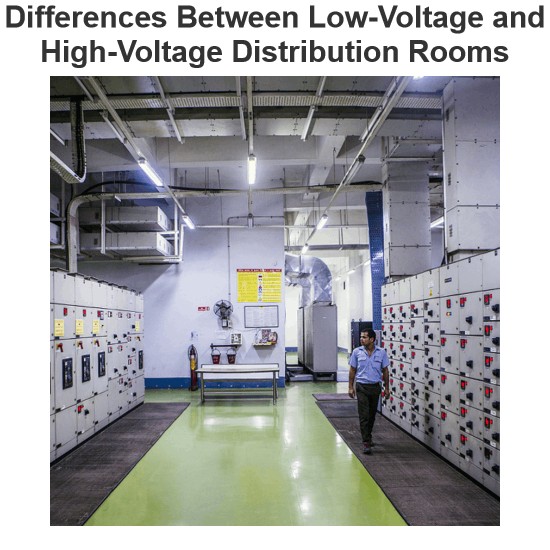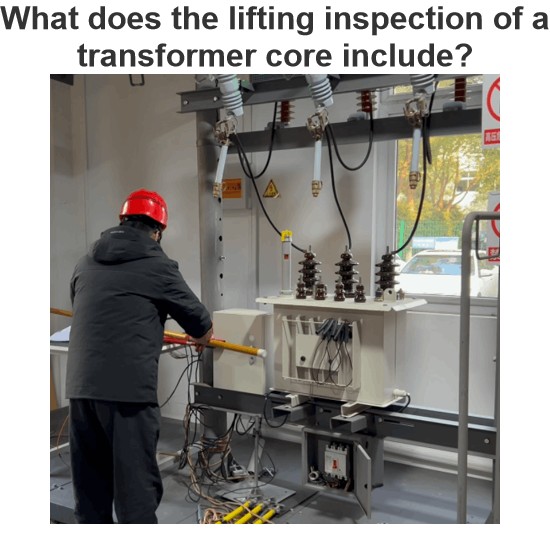Difference Between Shunt and Series Voltage Regulator
Linear voltage regulators are mainly classified into shunt voltage regulators and series voltage regulators. The key difference between the two lies in their control element configurations: in a shunt voltage regulator, the control element is connected in parallel with the load, whereas in a series voltage regulator, the control element is connected in series with the load. These two regulator circuits operate on distinct principles, thus each having its own advantages and disadvantages, which will be discussed in this article.
What is a Voltage Regulator?
A voltage regulator is a device designed to maintain a constant output voltage even when there are variations in load current or input voltage. It is an essential component in electrical and electronic circuits, as it ensures the DC output voltage remains within a specified range, unaffected by fluctuations in input voltage or load current.
Essentially, an unregulated DC supply voltage is converted into a regulated DC output voltage, such that the output voltage does not exhibit significant variations. It is important to note that the control element is the core component of such circuits, and its placement differs between the two types of regulators mentioned above.
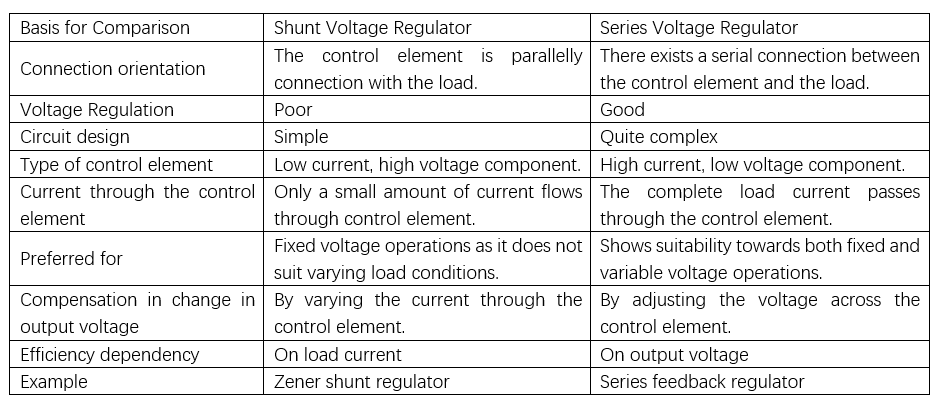
Definition of Shunt Voltage Regulator
The figure below shows the shunt voltage regulator:

From the above figure, it is evident that the control element is connected in parallel with the load. Hence, it gets this name.
In this setup, the unregulated input voltage supplies the load current. However, a portion of the current flows through the control element in the branch parallel to the load. This helps maintain a constant voltage across the load. Whenever the load voltage in the circuit changes, a feedback signal is provided to the comparator via the sampling circuit. The comparator then compares the feedback signal with the applied input. The resulting difference indicates the amount of current that needs to flow through the control element to keep the load voltage constant.
Definition of Series Voltage Regulator
The figure given below represents a series voltage regulator:
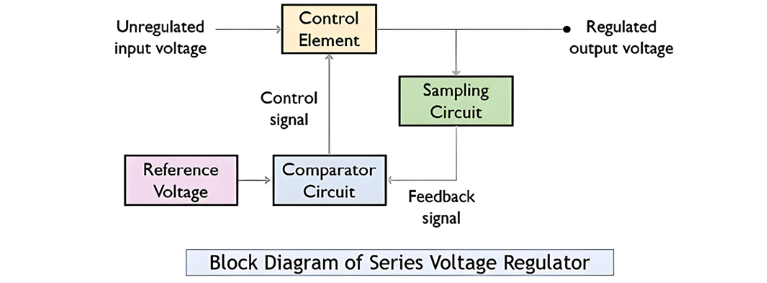
Here, the control element is connected in series with the load. Hence, it is named the series voltage regulator.
In a series voltage regulator, the control element is tasked with controlling the portion of the input voltage that reaches the output. As such, it acts as an intermediary between the supplied unregulated input voltage and the output voltage. Similar to shunt regulators, a fraction of the output is fed back to the comparator via a sampling circuit, where the reference input and the feedback signal are compared. Then, based on the output from the comparator, a control signal is generated and further supplied to the control element. It is on this basis that the load voltage is regulated.
Conclusion
Thus, the above discussion concludes that both shunt and series voltage regulators are used for voltage regulation. However, the presence of the control element in their respective circuits leads to differences in how the circuits operate.
The Electricity Encyclopedia is dedicated to accelerating the dissemination and application of electricity knowledge and adding impetus to the development and innovation of the electricity industry.
